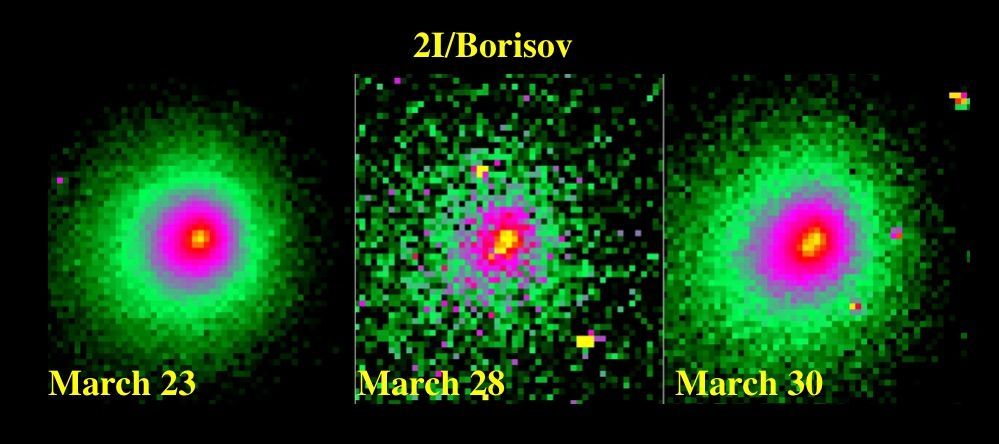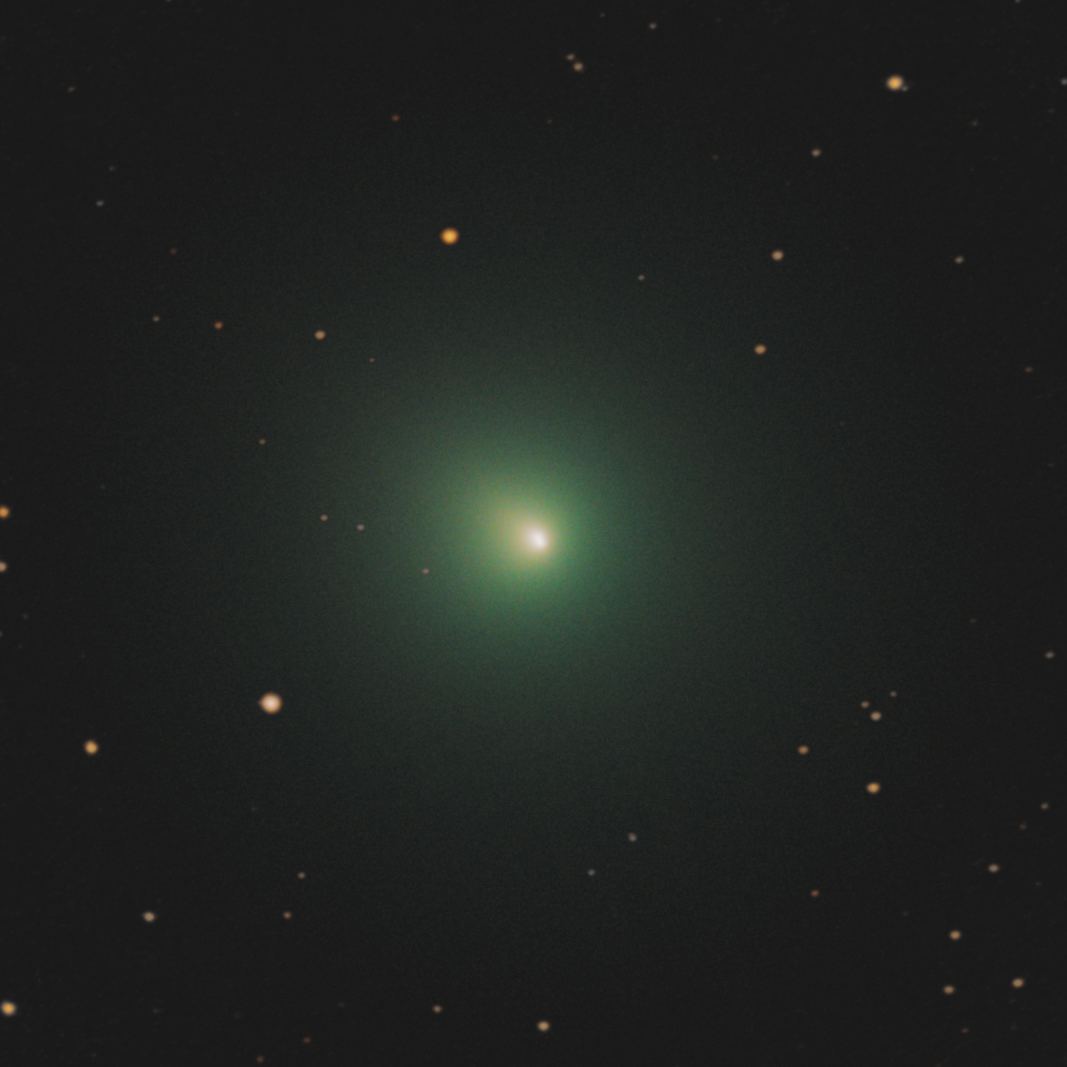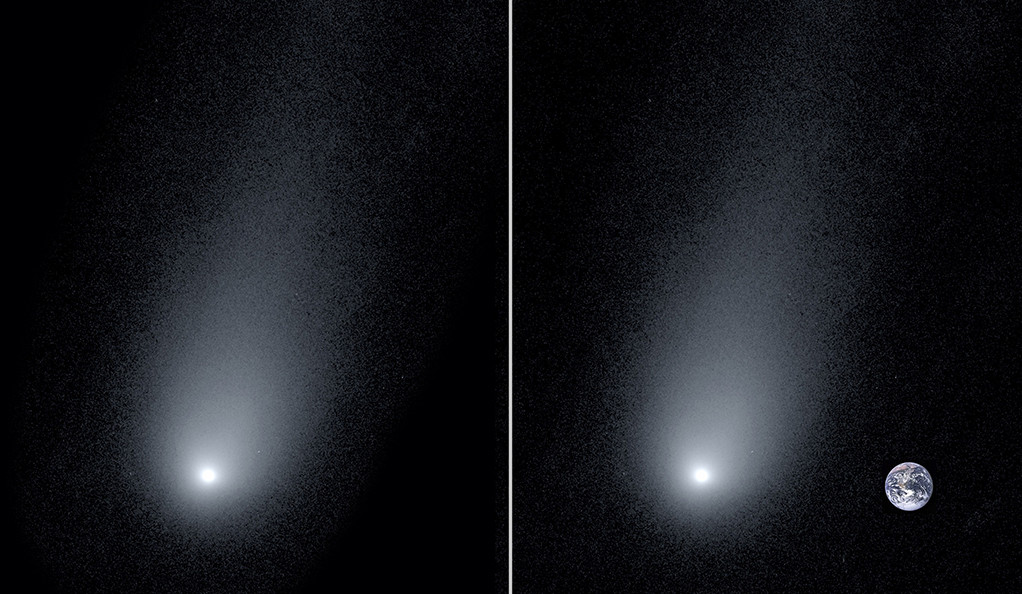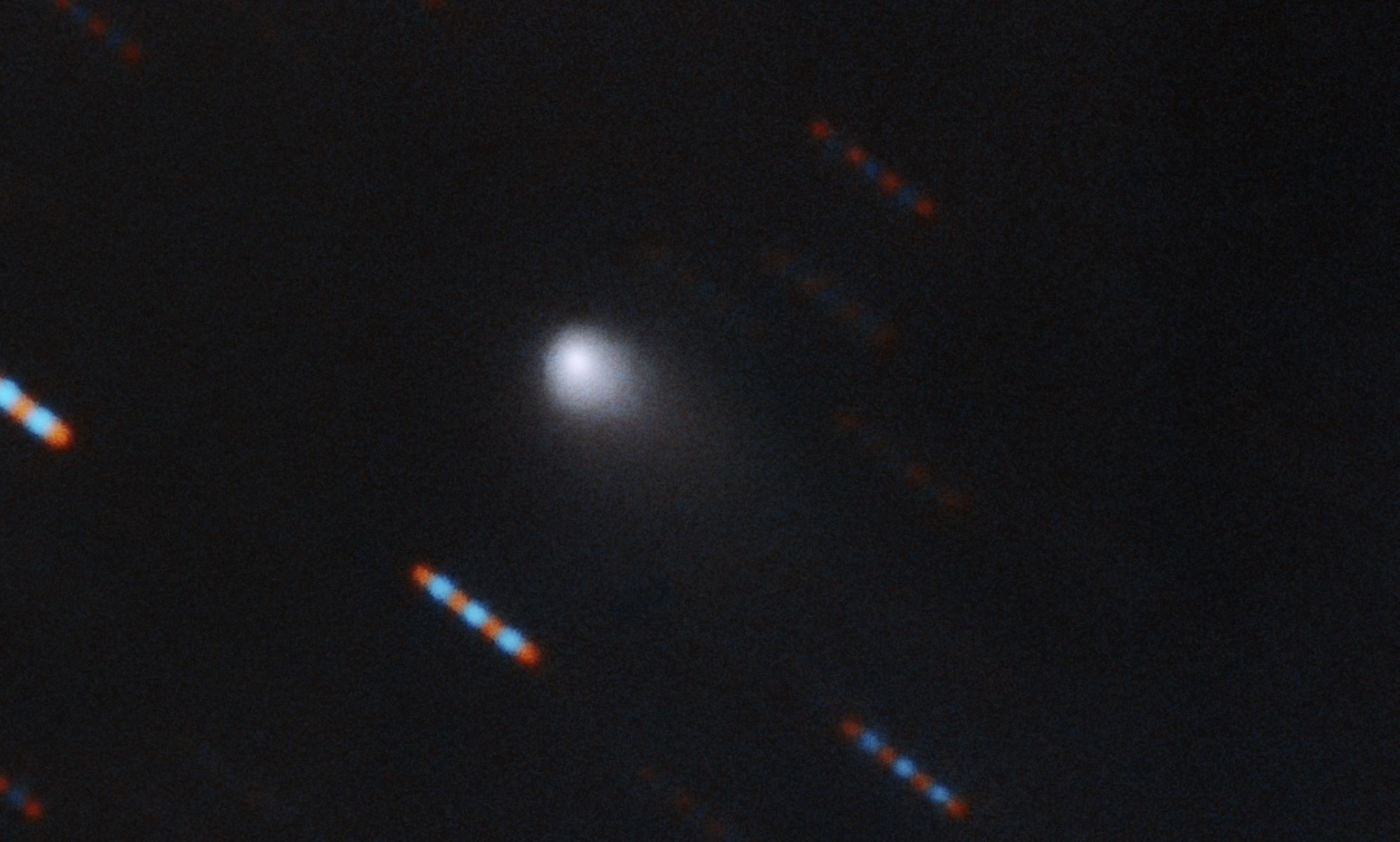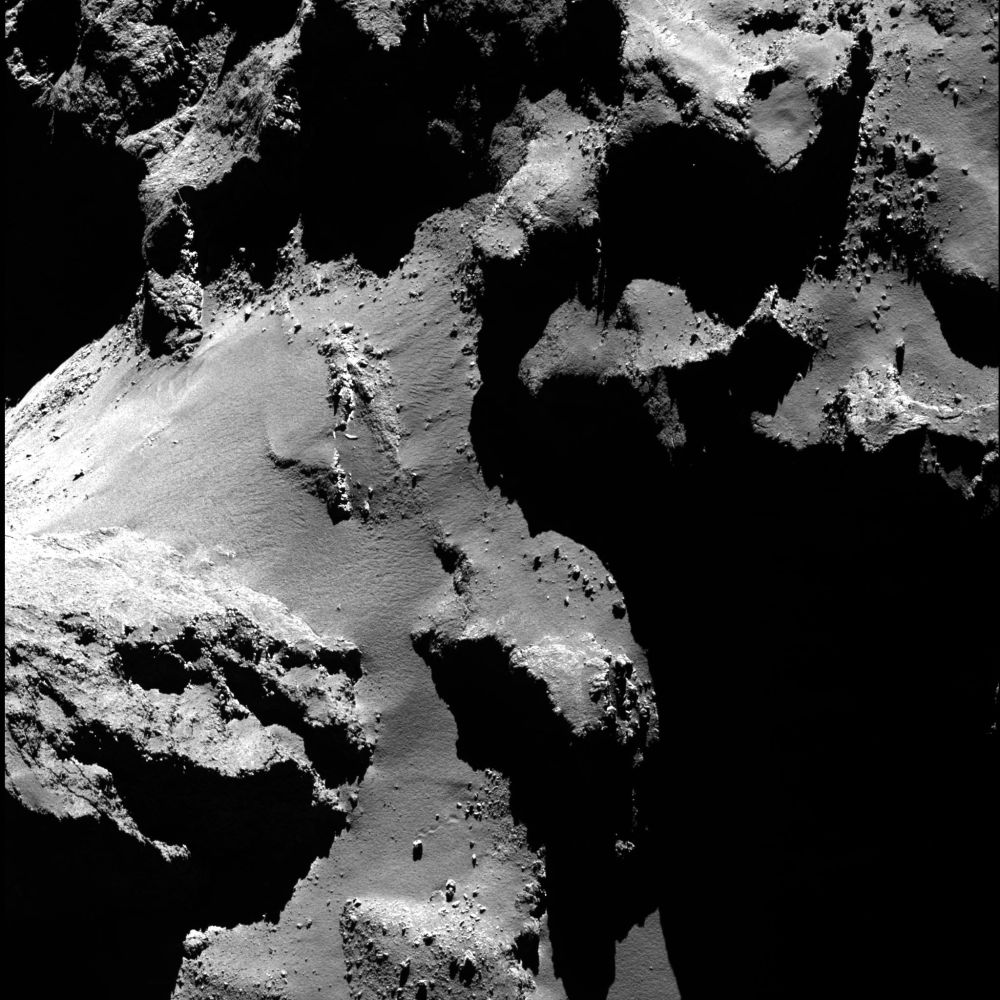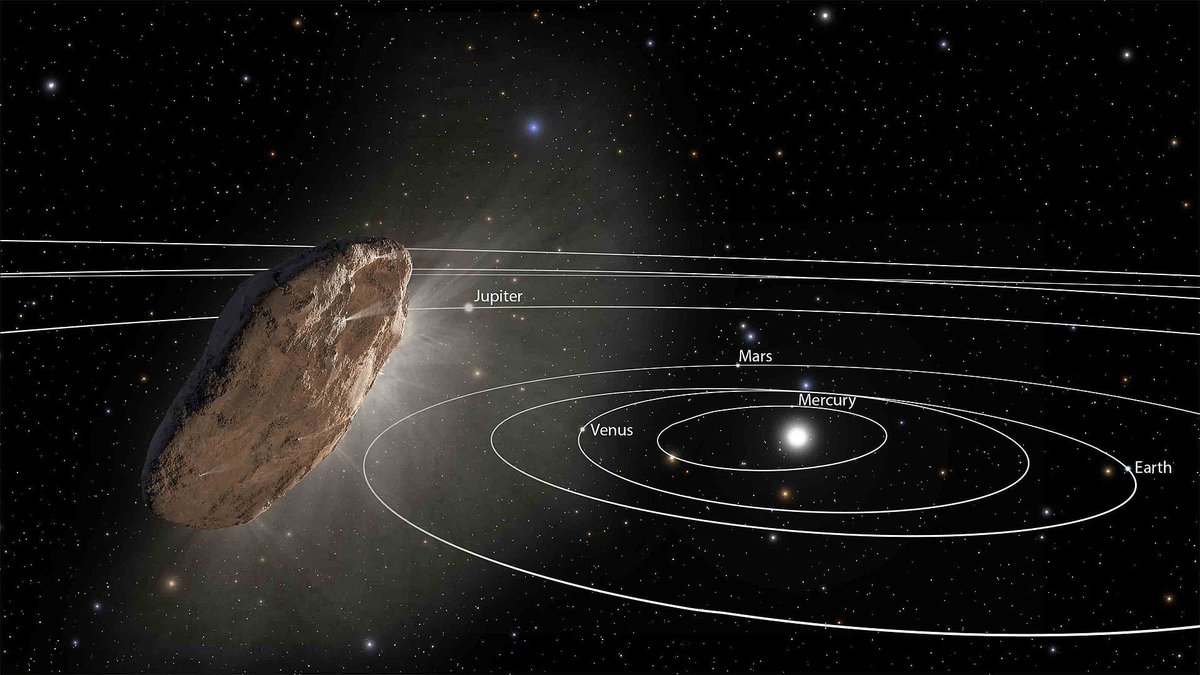Comet breakups are a timely topic right now. The interstellar comet 2I/Borisov just broke into at least two pieces. And though that comet is speeding out of the Solar System, never to be seen again, most of them don’t leave the Solar System. Most of them orbit the Sun, and return to the inner Solar System again and again.
A new paper examines the potential hazard to Earth from comets that break into pieces. The author makes the case that comet breakups could have had a hand in shaping the ebb and flow of life on Earth. It could happen again.
Continue reading “When Comets Break Up, the Fragments Can Be Devastating If They Hit the Earth”

